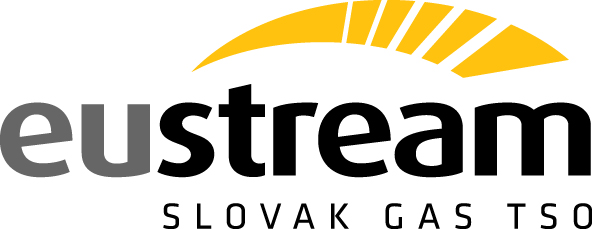V souladu s předpisy EU se společnost Eustream připravuje na to, aby byla schopna přijímat plynové toky až s 2 objemovými procenty vodíku. Náš potrubní systém má ideální strategickou polohu pro tranzit vodíku, což nám umožňuje účastnit se významných strategických projektů jako European Hydrogen Backbone. Náš projekt H2I-TR (H2 Infrastructure – Transmission Repurpose) umožňující mezinárodní přepravu čistého vodíku získal v únoru 2024 status Významného projektu společného evropského zájmu (IPCEI – Important Projects of Common European Interest).
Nezbytné úpravy v síti společnosti Eustream se budou týkat především výměny měřicích zařízení a dalších komponent. Potrubní systém společnosti má navíc strategickou polohu, která umožňuje přepravu čistého vodíku. Díky čtyřem až pěti paralelním potrubím bude v budoucnu možná souběžná přeprava metanu a čistého vodíku ve vyhrazené trase. To potvrzuje závazek společnosti Eustream zajistit bezpečnou a efektivní přepravu vodíku v souladu s regulačními požadavky a osvědčenými postupy v oboru.
Projekty energetické transformace | Eustream
